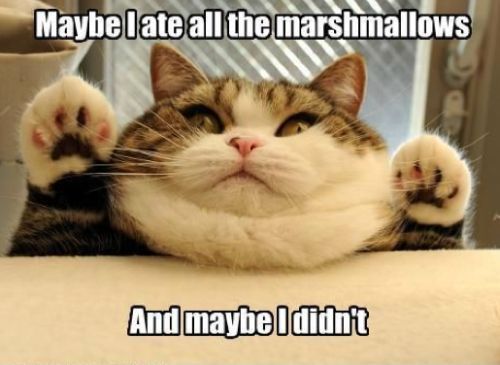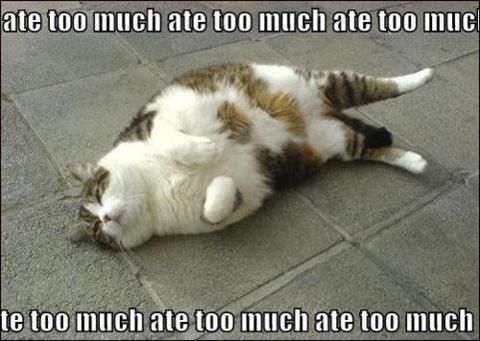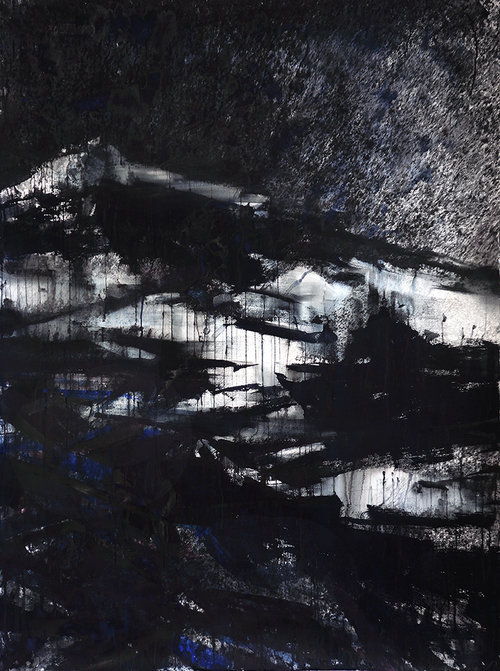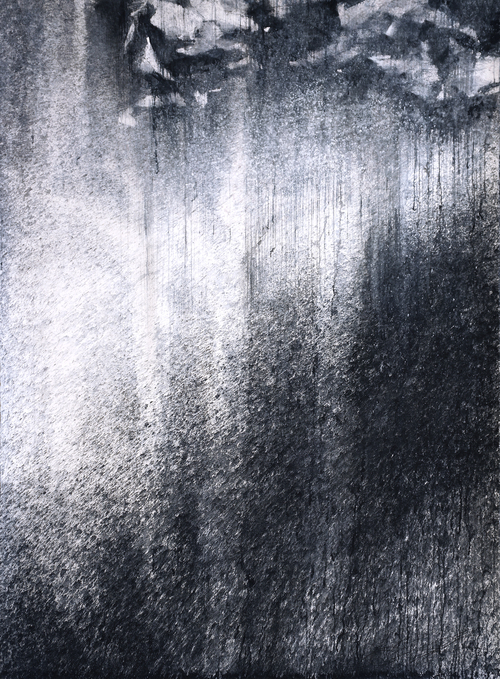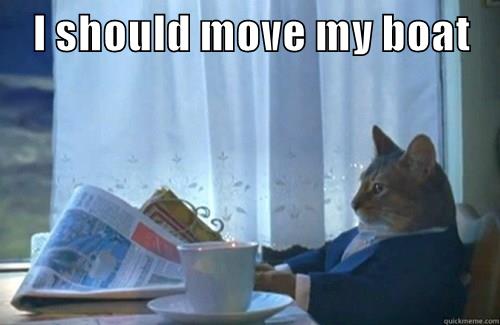
Natalie Jeremijenko calls herself an artist, but she’s really more of a one-person idea factory. A professor of Visual Arts at NYU with a PhD in engineering and a background in neuroscience, Jeremijenko heads up The Environmental Health Clinic, a cross-disciplinary lab that develops and prescribes systems that improve human and environmental health. In a recent talk at the National Museum of Women in the Arts in Washington, Jeremijenko focused on the idea of mutualism, a concept that suggests that, since all the species of an ecosystem depend upon each other, they should work for mutual benefit.
She contrasts this idea with sustainability, saying that, rather than try to use less and less resources, or disturb the environment less, we should seek out ways to actively improve it. In her talk, she described a number of the conceptual projects that she has developed toward this goal.
One of these projects is the Farmacy, a group working on ways to not only reduce food miles and fertilizers and pesticides, but improve environmental health and shift patterns of food consumption toward foodstuffs that enhance the biodiversity of both our surroundings and our gut flora.
Jeremijenko is enthusiastic about the idea of getting people to eat flowers, which are vitamin-dense, support pollinators and suck up air pollutants with their leaves. She came up with the idea of the AgBag, a system which allows flowers to be grown in Tyvek bags on the sides of urban buildings. And because flowers are highly perishable, Jeremijenko came up with ways of making them into drinks and cotton candy, which…might not be the basis for a healthy diet.
Another project aimed at the food/environment interface is The Mussel Choir, in which live mussels equipped with magnetic sensors “sing” different notes depending on whether the mussels are open or closed. “It tells us a lot about water quality. When they’re open the track is singing, when closed there’s a humming, which is less good.”
Among the other projects Jeremijenko described were a butterfly bridge, designed to attract butterflies to urban areas with “bridges” of plants installed above roads, a “tree office”, which would allow people to work in a natural setting, and a system for turning paper waste into fertilizer.
While some of Jeremijenko’s projects may be more practical than others, all are aimed at a noble goal: rethinking our relationship with natural systems. You can read much more about her and the Environmental Health Clinic here.



